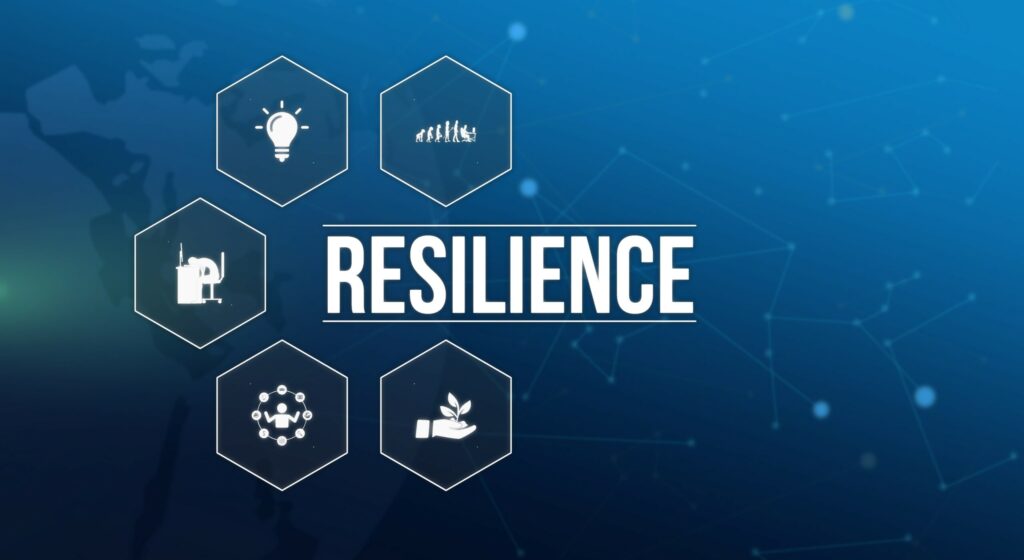Get Closer to the Action With Onshoring

Supply chains are the lifeline of globalization. In the years leading up to the pandemic, western companies routinely outsourced production to suppliers in lower-cost economies around the world. However, the seemingly never-ending string of supply chain disruptions over the past two years highlighted the fragility of complex and dispersed supply chains.
Offshoring became less beneficial as restraints intensified, bottlenecks at ports caused major backups, incomplete products stacked up in inventory awaiting key missing pieces, and delivery timelines became unreliable. As a result, a widespread reversal struck many industries as companies started bringing production closer to home to help eliminate added strain to their supply chain, increase resiliency, and meet pressing sustainability goals.
Before the pandemic, companies were accustomed to stable supply and demand. Companies had a pulse on where and when disruptions might occur. In today’s post-pandemic landscape, disruptions impact companies from every direction.
Putting the manufacturing process in the hands of dispersed operations has proven to be costly. Combined with staffing shortages, the challenge makes for the perfect storm. Onshoring, however, places suppliers and manufacturers closer to where companies sell their products, which allows for faster and more efficient response to disruptions and demand changes.
Nearshoring also allows for increased collaboration. Having teams located closer together facilitates real-time communication that enables those teams to move faster and be more agile.
Going Green
Closing geographical distances in supply chains is increasingly necessary for companies to meet sustainability goals. Although many businesses demonstrate transformational ambition on climate action, much of the progress that needs to be made boils down to changes within their supply chains—companies can’t have a small carbon footprint with a long supply chain.
Supply chain emissions are 11.4 times higher than operation emissions, according to CDP’s Global Supply Chain Report 2020. Beginning onshoring operations enables companies to focus on sourcing options that meet sustainability goals.
Digital Makeover
To help bolster the onshoring process, supply chain leaders are enacting a digital makeover with Industry 4.0 technologies. Implementing artificial intelligence and machine learning eliminates silos within the supply chain process, which allows for additional levels of insight and transparency.
This marriage of physical production with automated technology enables a more predictive, resilient supply chain. The insights gained provide supply chain leaders with a clear understanding of the current state of the supply chain.
Supply chains can be either the basis of strength for a company or a source of weakness that needs to be adjusted. While redesigning a supply chain can feel like a complicated endeavor, when companies start to prioritize resiliency, sustainability goals, and new technologies, what may seem costly today will pay off in the future.

